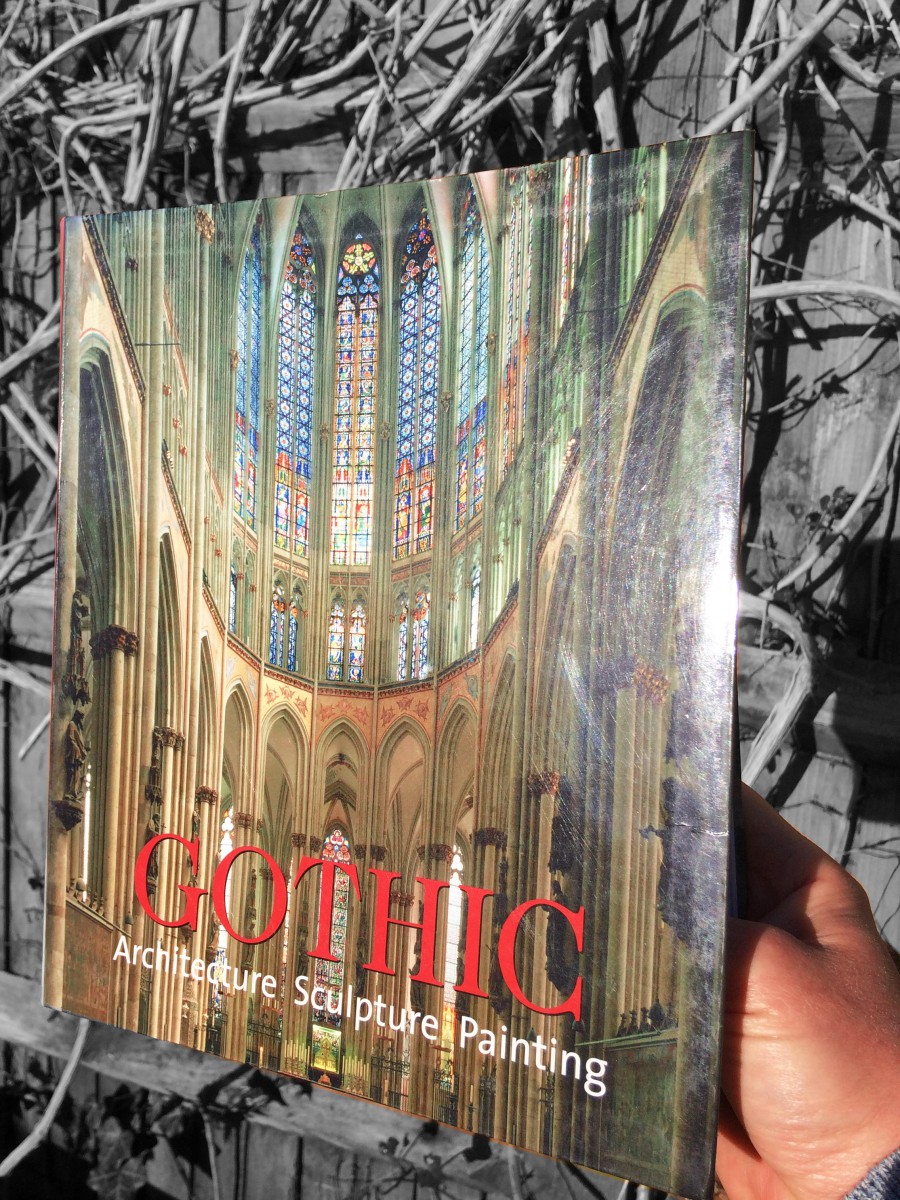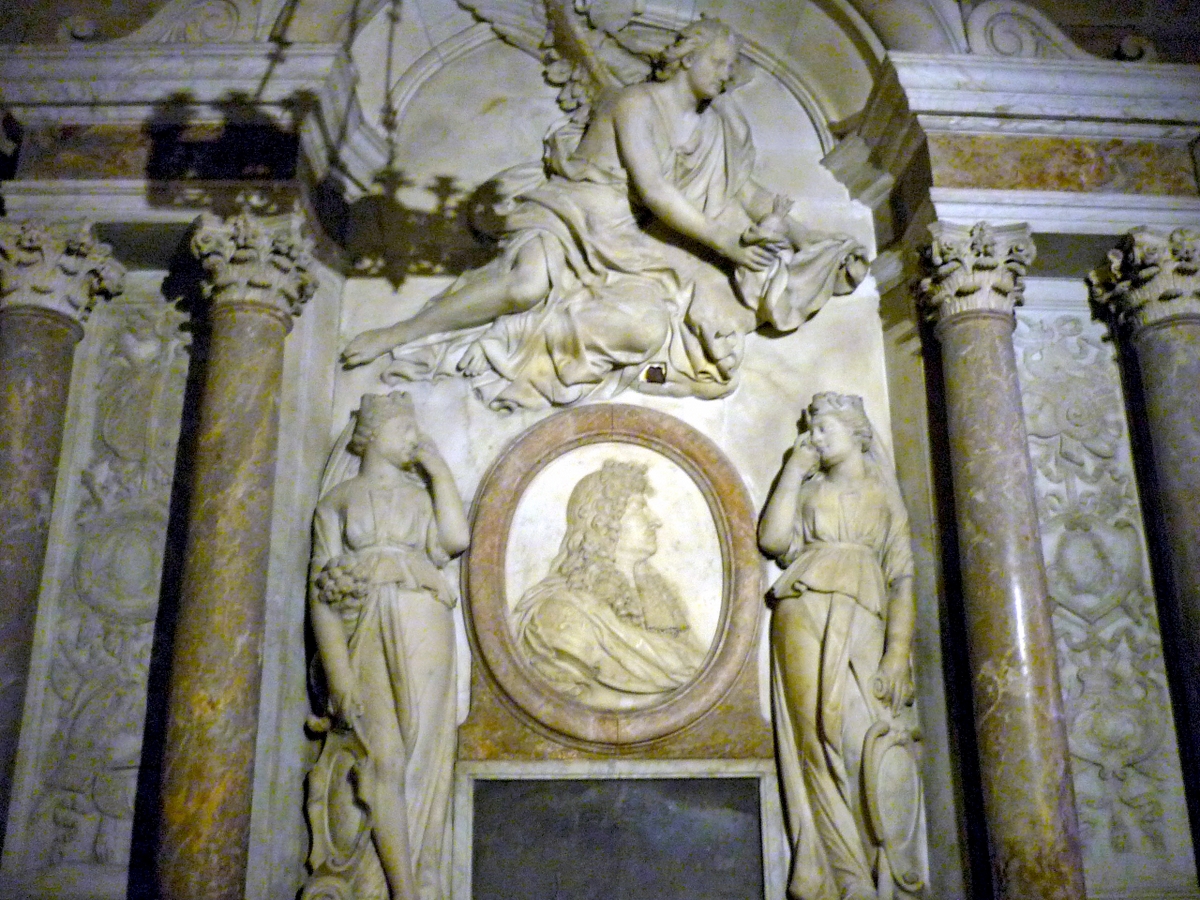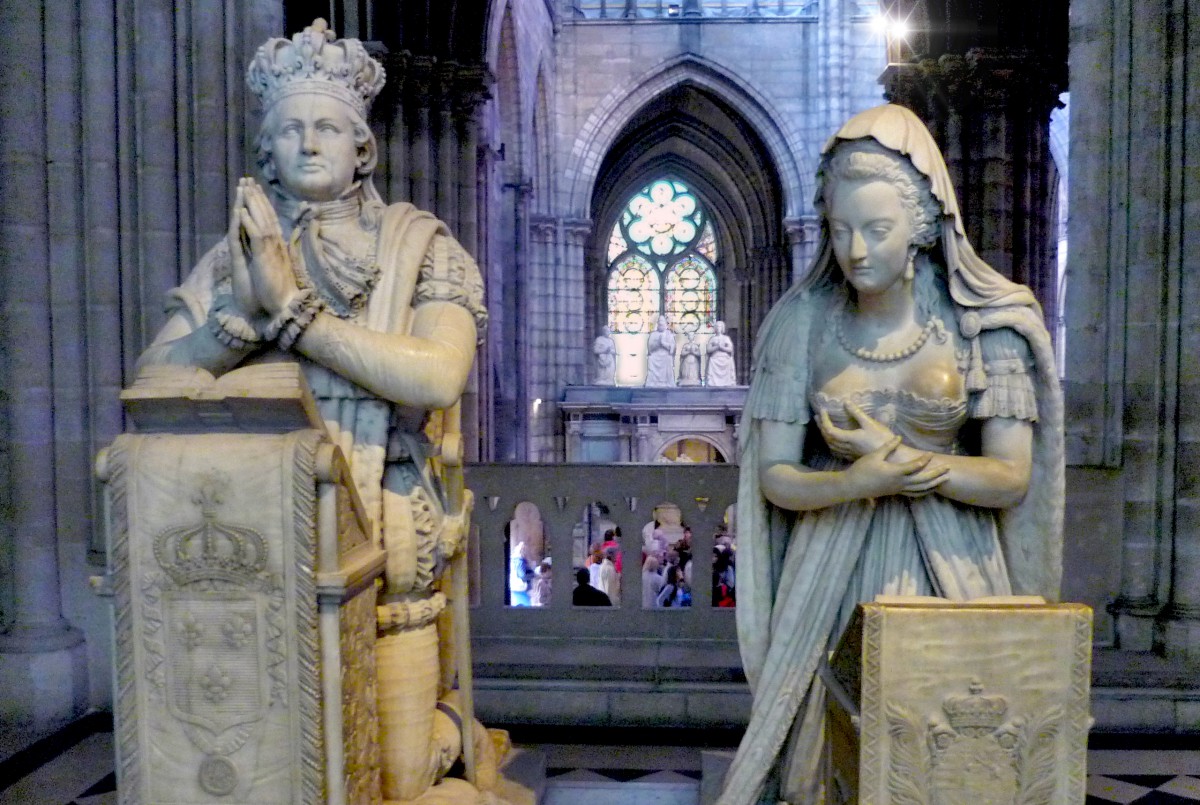Situated in the north of Paris, the Saint-Denis Basilica has been closely associated with French history. The church became a royal burial place under the Merovingian dynasty and was one of the most important Christian sanctuaries under the Carolingians. One of the first and best examples of Gothic architecture in France, the basilica of Saint-Denis served as a model for the main French Gothic cathedrals in the 13th century. With its display of funerary sculptures of the Kings and Queens of France, Saint-Denis is one of the most important royal necropoleis in Europe.
Saint-Denis Basilica: First Gothic Church in Europe

The basilica, formerly the church of a Benedictine abbey, is considered to be the birthplace of Gothic architecture for it was there that Abbot Suger introduced a new spatial order for the rebuilding of the church’s choir at the beginning of the 12th century. In Saint-Denis, Suger and his architect united the features of Norman architecture (rib vaults) with those of Burgundian style (pointed arches), hence giving birth to the Gothic architecture style. Initially named Opus Francigenum (“French work”) during the Middle Ages, the term “Gothic” appeared during the Renaissance.
The church was not rebuilt by Suger as a whole at once. The choir was completed in 1144. The abbot added the western façade, which today does not appear to be strictly Gothic.
The Western Façade
(please note my photos date back to 2011 – since then the façade has been cleaned and looks in a much better state than what you’ll see below!!)

The façade is topped by battlements which make it resemble a castle. With its three-part division and three deep portals, the façade somehow echoes the Roman Arch of Constantine.
The façade features some elements from Gothic (pointed arches) and Romanesque (round arches) styles.
The three portals include finely carved tympanum:
The Central portal

The tympanum represents the Last Judgment with a Christ in majesty showing his wounds to the dead rising from their tombs.
The Left portal

The tympanum has relief sculptures of the signs of the zodiac.
The Right portal

The tympanum depicts the scenes from the martyrdom of St. Denis, the first bishop of Paris.
The rose window
The rose window at the upper story was the first to be placed on a West Front façade; this feature would be re-used in Notre-Dame of Paris, Chartres, Reims, Strasbourg and many other Gothic cathedrals.
The towers
The façade is crowned by a single tower: the South Tower. The North Tower with its spire was struck by lightning in 1837 and suffered from a storm in 1840. Viollet-le-Duc had it dismantled in 1847 and although the architect had plans to rebuild it, this plan was never completed. However, in March 2013, the mayor of the town of Saint-Denis announced the future reconstruction of the tower and its spire. With work expected to start in 2016 (or later), it will soar again at 86 metres above the town as it had been since 1219.

My book recommendation!
Its name? Simply:
Gothic: Architecture, Sculpture, Painting by Rolf Toman, Publisher: Ullmann

This book has been for me a great resource that helped me better understand the Gothic movement in art from the 12th century to the Renaissance. An architectural style that first originated in France and spread all over Europe.
Over 500 pages it focuses on the development of Gothic architecture with many illustrations and photographs, but not only. I’ve also found interesting the in-depth discussion of the most diverse art forms, including painting, sculpture, metalwork and even book illumination! It also includes specific coverage of the Cathars’ Heresy and the Papal Palace in Avignon. And, of course, it mentions the basilica of Saint-Denis!
This is definitely the book I recommend if – like me – you love everything about Gothic such as churches, gargoyles, stained glass, flying buttresses and so much more.
The basilica’s nave and transept

The nave was the first of its kind to be built in Rayonnant Gothic style in the 13th century and inspired the naves of other major Gothic cathedrals in northern France and England. It features two lower aisles and the high windows of the clerestory which bring outside light to the inside of the sanctuary.

In Saint-Denis, the geniality of Gothic architecture can be well observed: the ribbed vaulting and flying buttresses take on the weight of the roof, hence freeing wall space for larger window bays.
Above each arm of the transept, two impressive 12-metre-wide rose windows were placed, similar to those in Notre-Dame of Paris. Today only one is filled with stained-glass windows.

The crypt

In the crypt are the archaeological remains of a Gallo-Roman cemetery.
The basilica was named after Saint-Denis, the first bishop of Paris. Read more about the story of St. Denis.
A Royal Necropolis

The Basilica of Saint-Denis is the necropolis of the Kings of France. All but three of the French Kings and Queens from the 10th to the 18th centuries are buried in the church.

The tombs of the kings and queens of France are placed mainly in the nave. The monarchs are represented in carved recumbent effigies or gisants lying on raised bases. Severely damaged during the French Revolution, they were restored by architect Viollet-le-Duc in 1860.

Which kings are buried in Saint-Denis Basilica?
Some of the most prominent kings are buried in Saint-Denis basilica, such as Clovis I (465-511), Dagobert (603-639), Charles Martel (686-741), Philip II Augustus (1180-1223), Philip IV the Fair (1268-1314), François I (1494-1547), Henri IV (1553-1610), Louis XIII (1601-1643), Louis XIV (1638-1715), Louis XV (1710-1774), and Louis XVI (1754-1793).

The basilica houses the famous memorial to King Louis XVI and Queen Marie-Antoinette, sculpted in 1830 by Edme Gaulle and Pierre Petitot.

How to get to Saint-Denis Basilica

The basilica is easily reached from Gare Saint-Lazare and the Champs-Élysées within 20-25 minutes.
Make sure you take the metro heading for Saint-Denis Université (and not for Asnières-Gennevilliers) as the line splits at La Fourche station.
Saint-Denis Basilica: more photos!












English-French Vocabulary
(f) for féminin, (m) for masculin, (adj) for adjective and (v) for verbs
- abbey = abbaye (f)
- abbot = abbé (m)
- architect = architecte (m,f)
- architecture = architecture (f)
- basilica = basilique (f)
- bishop = évêque (m)
- to build = construire (v)
- butress = contrefort (m)
- Carolingian = Carolingien/Carolingienne
- cathedral = cathédrale (f)
- christian = chrétien (adj)
- church = église (f)
- clerestory = claire-voie (f)
- crypt = crypte (f)
- Europe = Europe (f)
- façade = façade (f)
- flying buttress = arc boutant (m)
- Gothic = gothique (adj)
- king = roi (m)
- Merovingian = Mérovingien/Mérovingienne
- Middle-Ages = Moyen-Âge (m)
- monarch = monarque (m)
- nave = nef (f)
- necropolis = nécropole (f)
- portal = portail (m)
- queen = reine (f)
- Renaissance = Renaissance (f)
- rib vault = croisée d’ogives (f)
- Romanesque = roman/romane (adj)
- rose-window = rosace (f)
- sanctuary = sanctuaire (m)
- sculpture = sculpture (f)
- spire = flèche (f)
- stained-glass window = vitrail (m)
- tomb = tombe (f)
- tower = tour (f)
- transept = transept (m)
- tympanum = tympan (m)
Visit the official website of Saint-Denis Basilica for more info.




